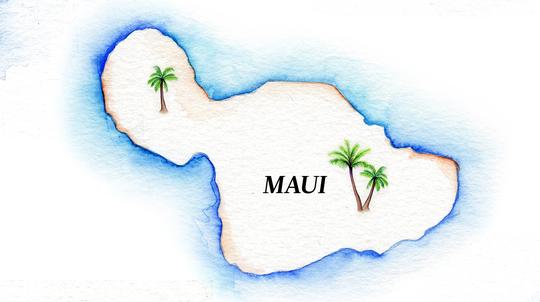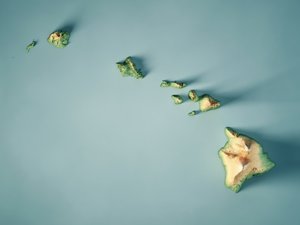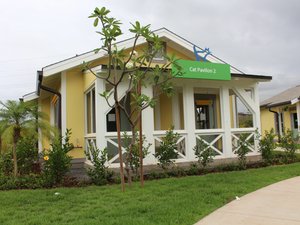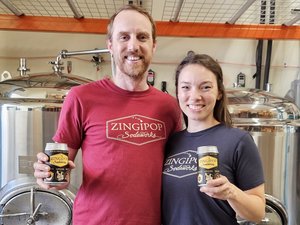
Researchers at the University of Hawaii at Manoa have received more than $519,000 in federal grants to study the impacts of the recent Maui wildfires on agriculture and to build monitoring tools for disaster response, according to an announcement from the university.
The two research projects — AgriWatch, which aims to bring real-time monitoring of agricultural lands to disaster management, and a project investigating the possible effects of chromium on Lahaina agricultural lands — will be funded by the U.S. Department of Agriculture National Institute of Food and Agriculture.
AgriWatch was funded with a $268,472 grant and aims to be ready to use by November 2024. The research team working on this project will use artificial intelligence, satellite remote sensing, cloud computing and web applications to create high-resolution crop data layers, as well as high-resolution fire and vegetation condition maps and an online disaster monitoring and impact assessment platform that enables near real-time disaster monitoring and impact assessment.
“The unprecedented destruction, loss of life and extensive damage to Maui’s agricultural areas revealed a critical need for real-time monitoring and accurate disaster impact assessments,” said Qi Chen, the project’s director and a geography professor at the College of Social Sciences at UH Manoa, in a written statement.
The team of researchers plans to collaborate with organizations such as the Hawaii Farmers Union United, Hawaii Farm Bureau, the Hawaii Food Hub Hui, the UH Cooperative Extension Services and high school and undergraduate students, as well as members of Hawaii’s 4-H program, to teach stakeholders how to use the data and tools, according to representatives of the university.
“AgriWatch will improve understanding of vulnerabilities, develop resilient agricultural practices, and empower farmers and decision makers for rapid responses to future disasters,” said Zhe Li, the project's co-director and a geographer with the USDA, in a written statement.
In addition to Li and Chen, members of the research team include: Noa Lincoln, project co-director and associate researcher in the Department of Tropical Plant and Soil Sciences in UH Manoa’s College of Tropical Agriculture and Human Resources; Zhengwei Yang, project co-director and geographer with USDA; Haonan Chen, project co-director and assistant professor of electrical and computer engineering at Colorado State University; and Changyong Cao, project collaborator and chief of National Oceanic and Atmospheric Administration's Satellite Calibration and Data Assimilation Branch in Satellite Meteorology and Climatology Division.
The second project, which will study the levels of toxic chromium in Maui wildfire-impacted soil and possible bioremediation strategies, will receive a $250,942 grant. This project is being led by Tao Yan, a professor with the UH Manoa College of Engineering and Water Resources Research Center.
Hawaii’s volcanic soil naturally contains large amounts of chromium, which isn’t toxic unless it is heated, according to representatives of the university. Yan and his team will research the toxic chromium levels in agricultural and forest soils and conduct laboratory experiments to study bioremediation strategies.
“The anticipated impact is not limited to the improved understanding of the wildfires’ impact on the toxic chromium soil and the development of bioremediation strategies, but also to educate and communicate the associated public health risks to the impacted communities,” Yan said.
For more information, go here.








